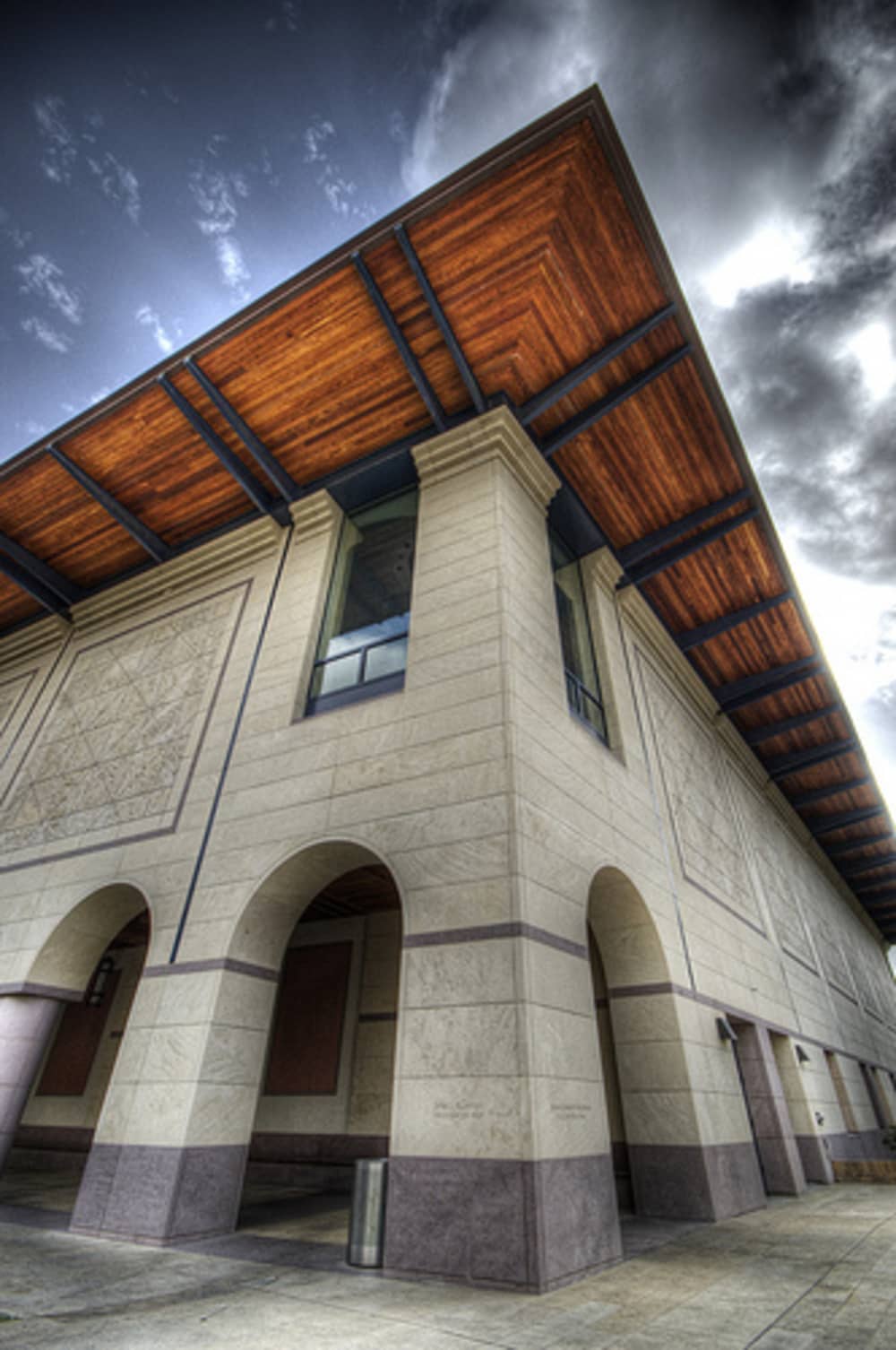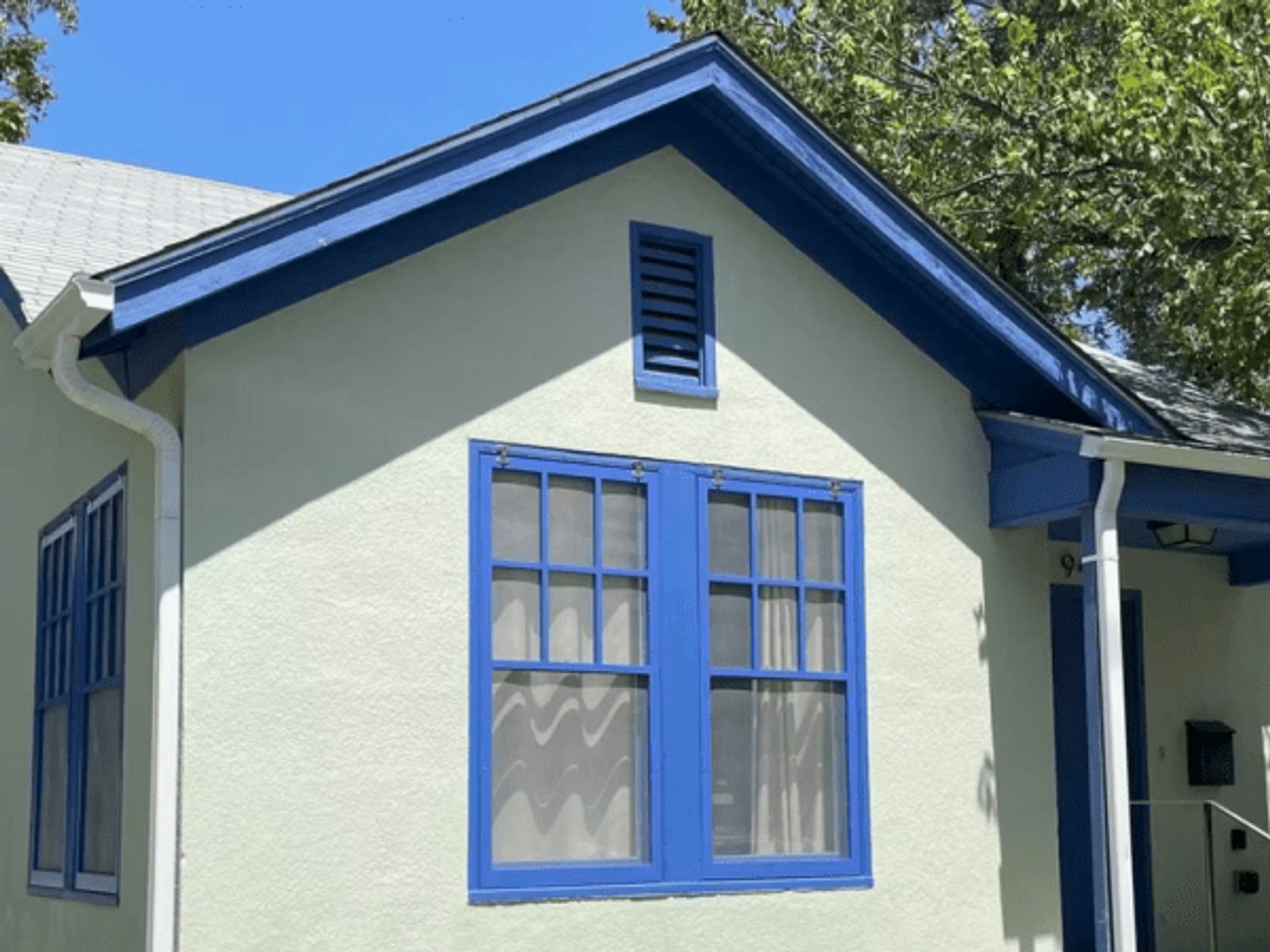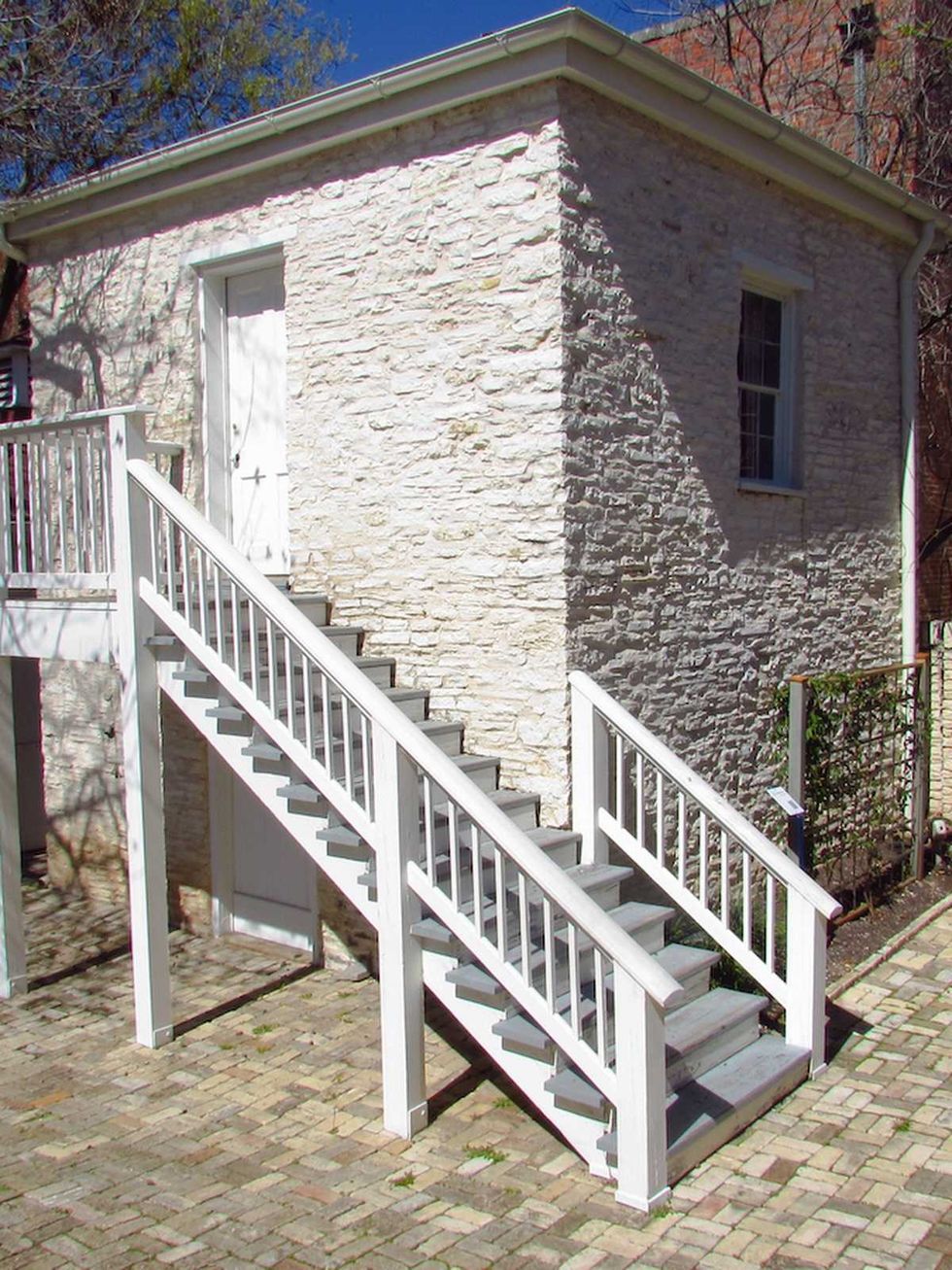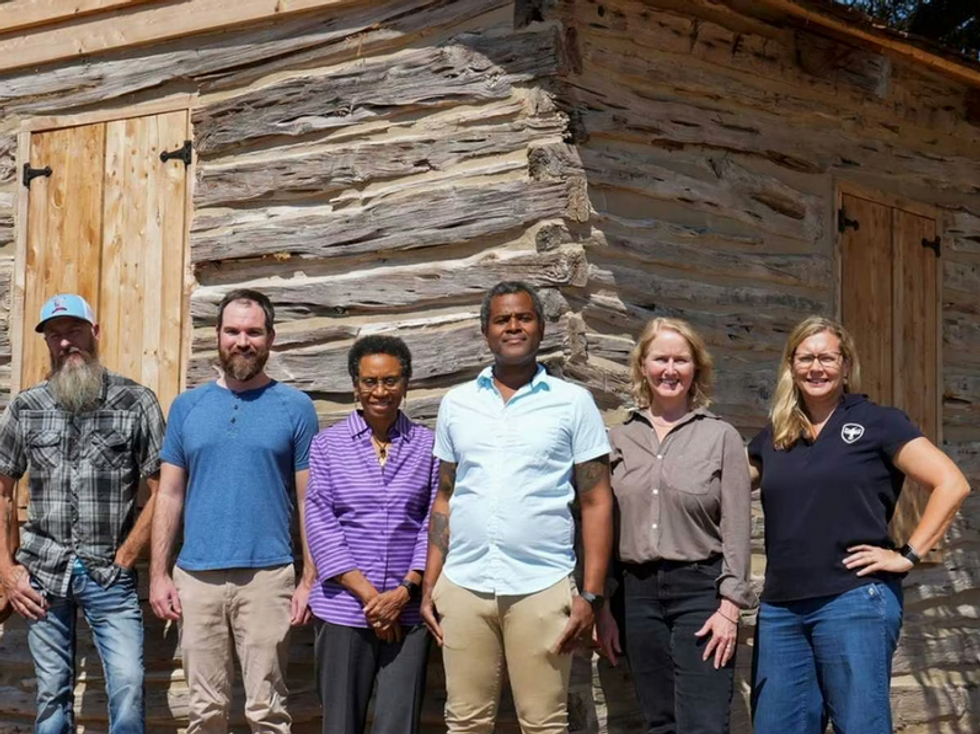New Directions
'A curator of people': A conversation with Blanton Director Simone Wicha
 New Blanton Museum of Art Director Simone Wicha
New Blanton Museum of Art Director Simone Wicha Blanton Museum of Art
Blanton Museum of Art
The newly instated Director of the Blanton Museum of Art is sitting in her old office, enjoying a quiet moment between meetings. This is not the official Director’s office. That room is located down the hall of the third floor of the Edgar A. Smith Building. This is Simone Wicha’s old corner office she came to occupy when she became the Director of External Affairs at the Blanton just a year prior.
“It feels comfortable here,” says the recently inaugurated Director, taking a seat at the office table in front of her large floor-to-ceiling window. Even in the middle of the blazing Texas afternoon, it’s easy to see why she would want to stay in this office. You can’t beat the panoramic view, looking right over Congress Avenue, the Capitol and the downtown skyline.
And some stability seems in order after the series of changes at the Blanton as of late. Promoted to the Director position in June after the abrupt departure of Ned Rifkin in April, the remarkably poised Wicha has had only two quick months to settle in to her demanding role.
Already, she has met with fellow museum directors at Harvard and UCLA, curators from around the state, professors from The University of Texas, community members around Austin, and her own dedicated staff at the Blanton.
Needless to say, it’s a busy time for the Blanton’s fifth Museum Director.
“It’s a busy time, but it’s also an exciting time,” Wicha shares with a composed smile. “The Museum is going to celebrate its 50th birthday in a year and a half, and it’s a great time for us to look back on where we’ve been and really plan a course for where we’re headed.”
Though Wicha is new to this position, she’s been with the Blanton for nearly six years. Before she was the Blanton’s Director of External Affairs, she was its Director of Development. Now, given the responsibilities and perks of leadership, the community-minded Wicha is strategically building her team of advisors to lend their voices to a new era of advancement, engagement and innovation.
“Two things I’m looking at very carefully right now,” she says, “are developing rich, vibrant, witty programs that reflect Austin, and engaging all the available communities in exciting ways.”
When contemporary Nigerian artist El Anatsui visits the Museum this year, for example, the Blanton is inviting the community to engage with the artist as well as scholars from UT’s Department of Art and Art History and the John L. Warfield Center for African and African-American Studies.
As she points out in the well-annotated coffee table book of his work in her office, El Anatsui’s large-scale “fabric” sculptures are comprised of reconstituted found objects from Africa, a process that will be unpacked in a series of discussions surrounding Africa, local culture, sustainability and recycling.
“I think this work speaks to many conversations, and I think it will be an exciting event for Austin. I really hope they love it as much as I do,” says Wicha. She is especially thrilled to utilize the wealth of expertise that thrives at the campus on which the Blanton resides.
The Blanton sits to the southernmost side of the campus and Wicha’s office window looks out on the intersection of Congress and Martin Luther King, Jr. Boulevard, a crossroads that marks the Blanton as the metaphorical gateway between the community and the University. This metaphor is imperative to Wicha’s vision for the Blanton, which will influence how UT students leave their college education with a richer cultural vocabulary.
“I don’t care what you’re studying while you’re on campus, the exposure to art and to a museum is imperative,” Wicha states. “These students are going to be the ones deciding whether or not we have art in our communities in the future.”
Long before she was an employee, Wicha was herself a student at The University of Texas. But not as an Art History major or even a Business Administration major, as one might imagine. She majored in Mathematics, partly because it came naturally, but most because she loves problem solving. “It’s the same reason I visual artists do what they do,” she says. “It’s really about curiosity.”
Wicha now hopes to instill that same curiosity and desire to engage with art in the thousands of students that attend classes. One challenge Wicha and the staff at the Blanton are facing is how to engage today’s changing students, with their shorter attention spans and social media fascinations.
She recalls one student in particular who told her the Blanton’s exhibits run too long. “He told me, ‘We need an event, not a three month exhibit. If it’s not an event, we’re not going to it.’ If it’s not a flyer on Facebook, students aren’t always going to see it. That’s not a way of communicating we’re used to, but it’s so important to realize.”
To address these changing demographics, Wicha formed a cross-departmental task force last year to develop new technological approaches to meet audiences’ changing modes of engagement. This collective approach to problem solving is indicative of Wicha’s directorial style and why she is thrilled to fill the remaining gaps in the Museum’s infrastructure to guarantee a team of capable decision makers to share the task of building stronger communities.
“The exciting thing for me is building a new team. I’m fascinated by what other people think and have to say, and I love to absorb it,” says Wicha. (Before and after the interview, she asks me a series of questions about myself and my experience with the arts in Austin during our walk to the El Anatsui work currently on display in the gallery. It’s evident she really means what she says.)
First on the list for her new team is a grand reassessment of the Blanton’s work over the past six years in order to stay “rich, vibrant and witty.” While the current climate of crisis rhetoric is not weighing on Wicha’s impeccable posture, she is absolutely aware of this specter lurking in Austin and expresses her carefully worded optimism on the matter.
“I think there’s plenty of room [in Austin] for a lot of great institutions. I want us all to thrive together. And whatever we can do, we will do. But I feel incredibly optimistic about the future. I’m curious to see in the next few months what direction it will all take.”
The Blanton is fortunate to not face the same financial crunch that several arts organizations in Austin are experiencing. In fact, according to the Blanton’s Director of Public Relations and Marketing, Kathleen Stimpert, the Blanton enjoyed the highest attendance of visitors to the Museum this year that it has since its grand reopening in their new building in April 2006.
Looking out from her vantage point at Congress and MLK, the self-assured Director exudes the air of a self-assured leader, secure in her growing staff, proud of their work and confident in the direction of the Museum’s trajectory.
“I never saw myself as an artist or a curator,” reflects Wicha. “I see my role as somebody to help make things happen. It’s the only role I want.”
Propelled by her curiosity, the fifth Blanton Director is guaranteeing Austin’s gateway to art remains a vital institution for another 50 years.

 The Neill-Cochran House Museum's mid-19th-century slave quarters received Planning and Historic Designation grant support for restoration and historical interpretation.Photo courtesy of Preservation Austin
The Neill-Cochran House Museum's mid-19th-century slave quarters received Planning and Historic Designation grant support for restoration and historical interpretation.Photo courtesy of Preservation Austin Built around 1863, the Henry G. Madison cabin in Rosewood Park received Bricks and Mortar grant support for preservation planning work.Photo courtesy of Preservation Austin
Built around 1863, the Henry G. Madison cabin in Rosewood Park received Bricks and Mortar grant support for preservation planning work.Photo courtesy of Preservation Austin